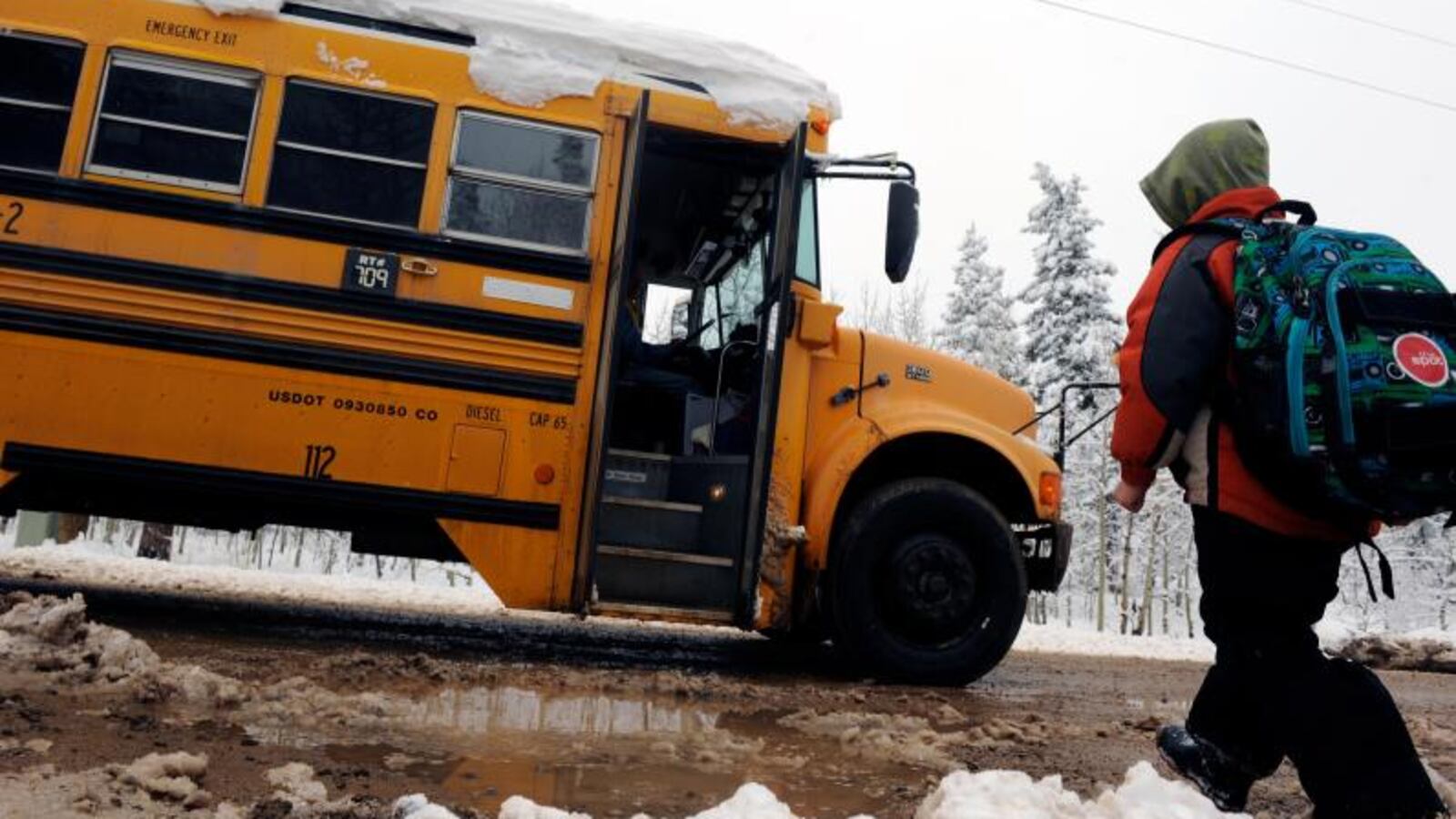Growing up, Dylan Puckett estimates he went to more than 13 different schools. As a foster child, he regularly moved to new placements, and with new homes came new schools.
The upheaval made it hard for Puckett to adjust, he recalled at a panel on foster care and education hosted Wednesday by UNCF and the Mind Trust, a nonprofit education group, to raise awareness of the educational challenges facing Indiana foster youth.
“I was always pretty hesitant to actually reach out and make a lot of friends because I knew I’d always move,” said Puckett, an 18-year-old who graduated from Arsenal Technical High School and attends IUPUI. “I never knew how long I was going to be there.”
Continuously switching schools is just one of the challenges facing some youth in foster care, and a recent report shows the bleak educational outcomes for foster children. The first systematic analysis of education for foster youth under a new law found that only 64 percent graduate from high school, compared with 88 percent among all students. Foster children are also more than twice as likely as students outside the foster system to be suspended from school.
Panelist Brent Kent is CEO of Foster Success, which aims to help foster youth be successful by age 25. Kent said that one of the biggest barriers they face is that students are not getting a quality K-12 education.
As Kent’s group prepares foster youth with high school diplomas for college, “what we are learning is that many of them are not ready for the rigor of English remediation and math remediation when they get to college,” he said.
The issue is particularly urgent because Indiana has seen a spike in the number of children in foster care in recent years, which many experts attribute to the state’s opioid crisis destabilizing families. Nearly 9,000 school-age children are in foster care, according to the state report, although some advocates argue it could be more.
Foster families sometimes move students to new schools when their placement changes, said Charie Gibson, who works with foster children in Indianapolis Public Schools. But schools are typically obligated to allow foster children to remain enrolled and provide transportation, even if they move out of their attendance area.
“Why should they have to switch schools?” Gibson said. “School is the most stable piece for the foster student — or it can be.”
Carmelita Allen, a former foster parent, said that when she had children in her home, she would try to place them in activities they would like. But she never knew how long they would stay because they could be moved home or to a new placement.
“You would have some that would come in for a day,” she said. “You would have some that would come in and stay for years.”
Demetrees Hutchins, a consultant who grew up in foster care herself, said that ultimately one of the most important ways to help foster youth is to give them a sense of normalcy.
“We always think about trauma,” she said. “But we forget that’s still a child. … Normalcy can make you feel like you belong, which goes far as far as building resiliency.”

